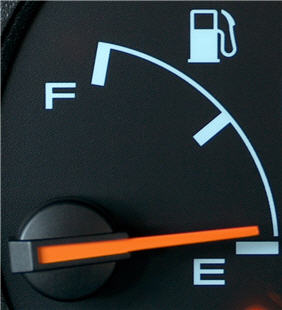 Trading volume is a key element to any technical trader, so for me it’s no different. Paired with price, everything I need to know about a chart is right there in front of me.
Trading volume is a key element to any technical trader, so for me it’s no different. Paired with price, everything I need to know about a chart is right there in front of me.
It’s true that volume is usually needed to propel stocks higher for lasting moves. I tend to think of volume as fuel – when there’s little of it left in the tank, it’s tough to get very far.
When stocks are on the decline, the same requirement is not in effect. Downside volume is different.
A major reason this is the case is because buyers have bids placed in stocks at various levels below current prices at all times. If the stock begins to weaken, those buyers will often choose to simply cancel their bids.
This is in effect stepping out of the way to let the stock continue falling to lower prices where they can presumably buy it later. When price accelerates lower, this creates a bit of an “air pocket” effect and we see price skipping levels on the way down. As this occurs, price can continue lower without heavy downside volume.
On the upside, sellers might occasionally cancel their offers in a similar fashion, but usually there are greater motivations to sell than to buy, since most traders and investors buy stocks as their entry and sell as their exit (they don’t short sell). The way I view it is that those traders who do intend to sell are more prone to leave a sell order in place – without cancelling it – which price can hit on the way up.
This is very different from the skittish behavior that would-be buyers exhibit when a stock is acting pretty weak. It’s something to keep in mind the next time price rolls over and the volume doesn’t appear to be very threatening.
Trade Like a Bandit!
Jeff White
Take a trial to the Stock Pick Service to get my trades.










